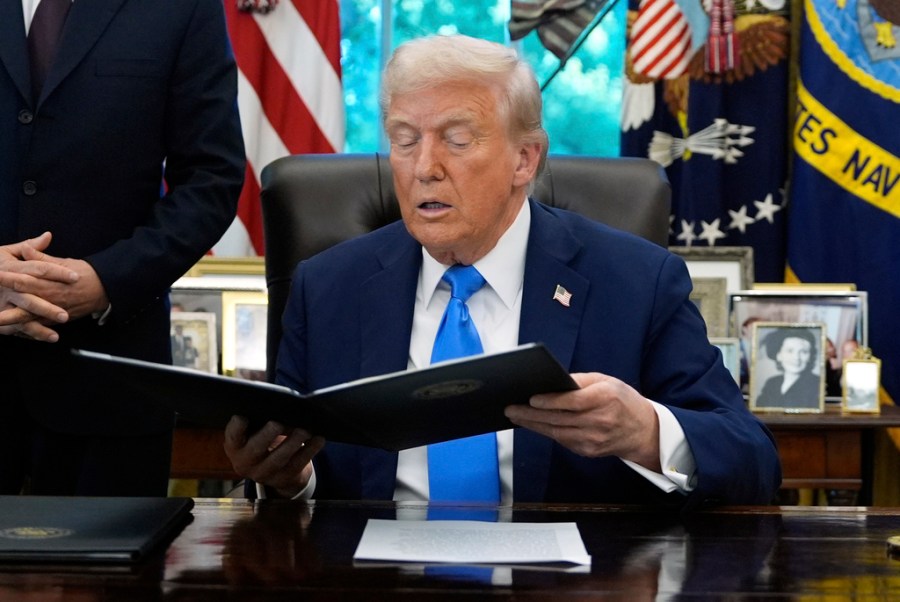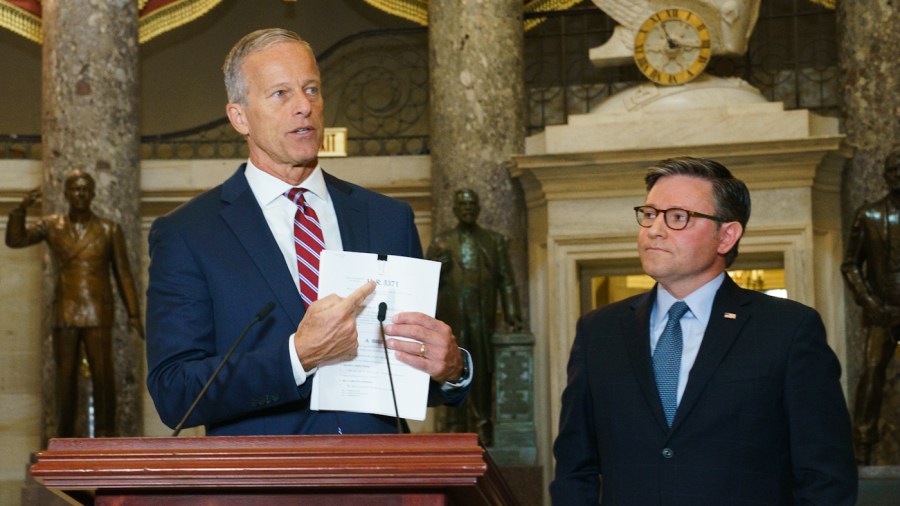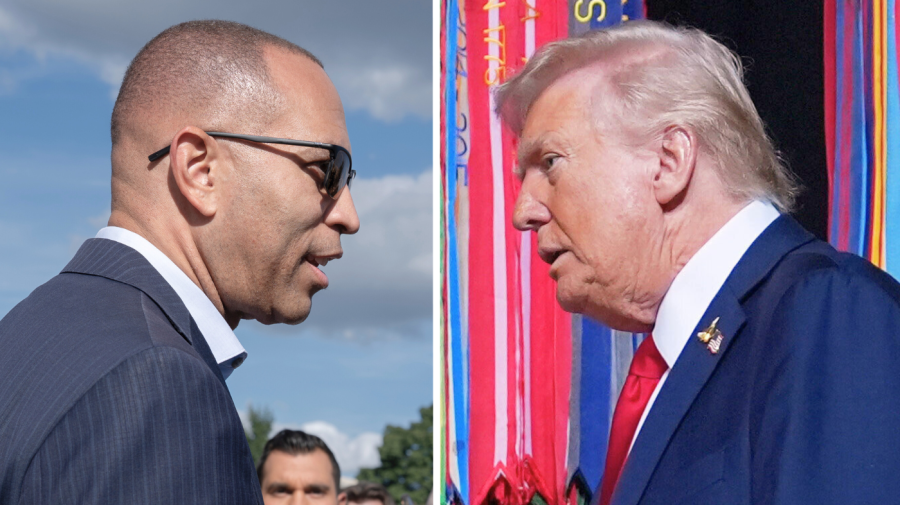President Trump’s announcement of a $100,000 annual fee for H-1B visa holders is a wake-up call for every U.S. employer who has been looking overseas while ignoring the women-in-tech talent crisis they helped create.
For decades, companies have complained about STEM shortages while hemorrhaging the very talent they claim to need. Now, with H-1B visas about to become prohibitively expensive, employers have three choices: panic, pay up or pivot.
We don’t have a STEM education problem. We have a women’s STEM retention problem. The numbers are staggering: Seventy-six percent of women with engineering degrees don’t work in engineering. Twenty percent of women who start STEM careers leave within their first year. By age 30, only one-third of women with STEM degrees remain in the field
Translation? America is graduating plenty of talent — we’re just spectacularly bad at keeping women in these jobs.
Let’s address the elephant in the room. H-1B workers are often paid less and tolerate more because their visa is tied directly to their job. Employers hold extraordinary leverage, creating little incentive to fix toxic bro culture, harassment, pay inequity and weak leadership.
This creates a perverse incentive structure. Why invest in women and improving workplaces when you can import workers with built-in golden handcuffs?
The result? A system where companies grew comfortable with dysfunction, because a portion of their workforce had limited recourse. That system just got very expensive.
When foreign talent costs $100,000 a head, suddenly retaining domestic talent becomes a business imperative.
The irony is that while Trump targets foreign workers, he may have inadvertently handed American women the biggest opportunity they’ve had in decades to claim their rightful place in STEM.
No group represents more untapped potential than American women in STEM. These women have already proven themselves by earning STEM degrees. They’re walking away not for lack of ability, but because workplaces have made it intolerable to stay.
Companies that figure out how to keep women will dominate the next wave of innovation. They’ll be the ones asking: “How do we become the kind of workplace that attracts and retains the best STEM talent, regardless of their gender and passport?”
Here’s the playbook:
· Invest in early-career women. The $100,000 you would spend on an H-1B fee, you can instead put into coaching, mentorship, soft skills, and community.
· Pay market rates for everyone. Visa-dependent wage suppression is over.
· Remove the feedback double standard. When 76 percent of the highest-performing women receive negative feedback (most about personality) compared to 2 percent of men, it’s a system issue, not a personality problem.
· Fix the promotion gap. For every 100 men promoted in tech, only 52 women advance. The “broken rung” starts early and compounds quickly.
· Build inclusive cultures. Gen Z and Gen Alpha women won’t tolerate the “be grateful and wait your turn” while lower-skilled men advance.
This moment is bigger than immigration policy, as Trump may have just solved the women-in-tech pipeline problem without meaning to.
U.S. companies can either continue paying for a labor system that masks dysfunction and drives $1 trillion in voluntary turnover every year — or they can finally decide to build workplaces that American women will stay and thrive in.
Andrea Mohamed, MBA, is co-founder and COO of QuantumBloom — a startup providing professional development and a community of support for early-career women in STEM and the companies that hire them.














